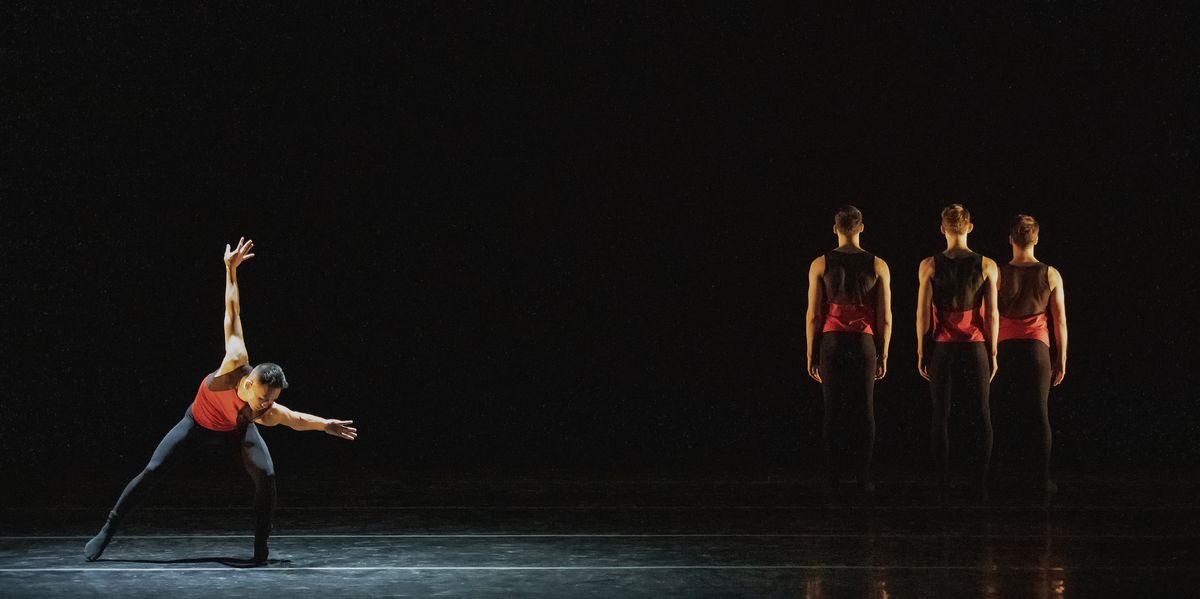Overcoming the Guilt of Pursuing Ballet as a Korean American
Being first-generation Korean American forces you to balance two opposing worldviews. East Asian cultures strongly adhere to the concept of collectivism, a Confucian principle that emphasizes the needs of the unit over the needs of the individual. Asian immigrants view Western culture as the embodiment of self-reliance and autonomy, epitomized in what is universally known as the “American Dream.”
Asian Americans are constantly negotiating this cultural dissonance—that is, acknowledging the collectivist ideals of our heritage while growing up in a society that prioritizes individual accomplishments. We are expected to pursue a career that not only offers job security and financial stability, but also reciprocates the innumerable sacrifices our parents made to immigrate to the United States. Our American peers and mentors, however, encourage us to discover our passions and to follow our dreams.
I was 20 years old when I took my first ballet class and undoubtedly knew that this was the career I had to pursue. But I will never forget the expression on my parents’ faces and the sheer guilt that washed over me when I shared this information with them. My parents, who came to the United States with nothing, had worked so hard to ensure a life of professional success for their child. How could their son pursue a career that seemed so undoubtedly selfish and self-serving?
The guilt of pursuing dance as a Korean American is an experience with ups and downs that necessitates constant negotiation. It is something I struggled with as a student at the Alonzo King LINES Ballet training program, and even now as a dancer with Verb Ballets. With my parents, I found that their initial apprehension came from a lack of knowledge. Having an ongoing conversation about my career (albeit difficult at times) has been crucial in keeping them informed about my goals and aspirations. The guilt has been burdensome on top of the grueling demands of a career in dance, and I still grapple with feeling justified in speaking up about such a culturally niche experience.
Yet I have discovered that just as my heritage entails balancing two dissimilar cultures, I am finding ways as a professional dancer to both fulfill my personal love for the art form and to give back by promoting Asian representation within the dance world.
I feel immense pride every time I step onstage as a dancer of Korean American descent. I attribute my ability to pursue a career in dance as a late starter to the educational opportunities my parents created for me, as well as the remarkable work ethic that Korean culture emphasizes. As a professional ballet dancer, I find such fulfillment through the ritual of working every day to better myself as both an artist and a person. I also find fulfillment through meeting audience members of Asian descent who are so excited by the representation they see through watching me perform.
Unfortunately, my experience has also included countless racial microaggressions: from being told to “open my eyes” to when a teacher told me I could never get a job in ballet with such “oriental thighs.” But these incidents have only solidified my efforts to champion for the visibility of Asians, hopefully to eliminate such racially insensitive behavior in the future.
Asians are stereotypically perceived as a meek people who embody the concept of “going with the flow.” I am proud that my pursuit of a career in dance is in itself a radical departure from this notion, and I am thankful for my parents for their willingness to understand my passion. I hope my story inspires other Asian Americans, whether it be in dance or other fields, to tirelessly advocate for the representation of our stories and our experiences.




